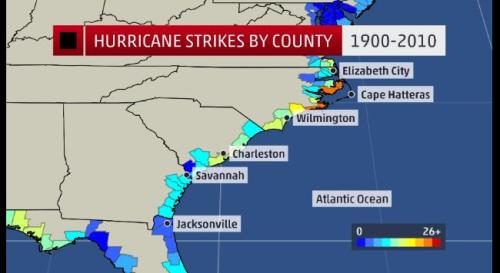The warmers are saying that we cannot let the global temperature increase by more than 2ºC. According to them, really bad things will happen if we exceed that number. The 2ºC must be another of those “tipping points” that we have heard so much of in recent years. Most all of which have come and gone with out any noticeable effect.
What is the global temperature? You almost never hear it expressed like a typical temperature reading you get each day from the weather stations. The only place I can find a description stated as a typical temperature reading is from the World Meteorological Organization saying that the average global temperature, between 1961 and 1990, was 14ºC (57.2ºF). But I find nothing more recent. One reason is that an agreement around a specific temperature is difficult to come by.
At the South Pole, the highest temperature ever recorded was 12.3º C (9.9ºF). Singapore’s record low was 19.4ºC (66.9ºF). So where is the average? An average global temperature does not exist in the real world. I will discuss near the end of this posting.
Anomalies are used instead. A long-term average is used for reference and the  temperature differences from that are termed anomalies. Positive anomalies and negative anomalies are increases or decreases, respectively, from this long-term reference. Further these changes are very small. If you made a chart plotting a series of numbers of slowly warming normal temperature readings say:14.0ºC, 14. 01ºC, 14.01ºC, 14.02ºC, 14.02ºC, 14.03ºC, you probably would not be able to visibly detect any change. How frightening would that be? Everything looks more dramatic when you plot the anomalies (0.01, 0.02, 0.o2, etc.).
temperature differences from that are termed anomalies. Positive anomalies and negative anomalies are increases or decreases, respectively, from this long-term reference. Further these changes are very small. If you made a chart plotting a series of numbers of slowly warming normal temperature readings say:14.0ºC, 14. 01ºC, 14.01ºC, 14.02ºC, 14.02ºC, 14.03ºC, you probably would not be able to visibly detect any change. How frightening would that be? Everything looks more dramatic when you plot the anomalies (0.01, 0.02, 0.o2, etc.).


 blue bin is one reason why.”
blue bin is one reason why.”








